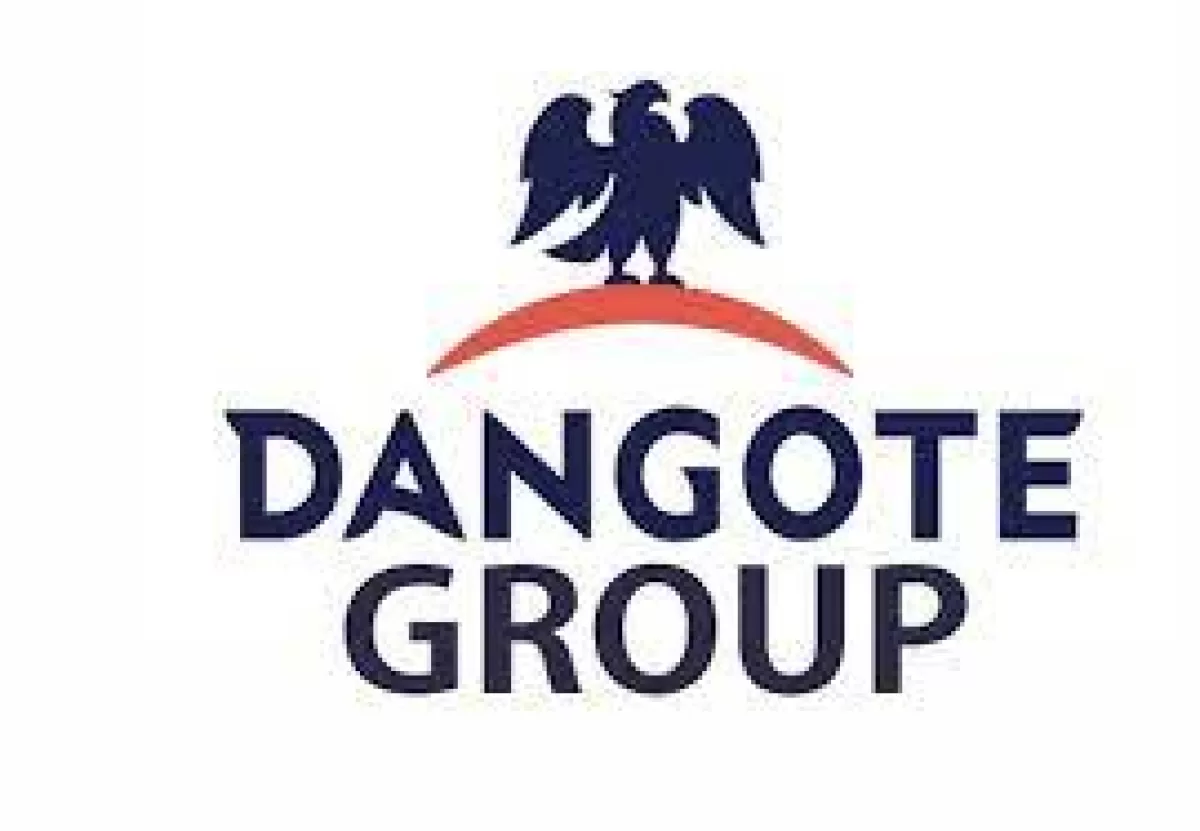The Vice President and Chief Economist of the African Development Bank, Prof. Kevin Urama, revealed that Nigeria and other African countries need approximately $74 billion for debt servicing this year.
This comes amid increasing challenges in accessing affordable liquidity, further straining the financial stability of these nations.
Urama disclosed this during his opening remarks at the launch of the Debt Management Forum for Africa and the Inaugural Policy Dialogue on “Making Debt Work for Africa: Policies, Practices, and Options”, held in Abuja on Monday.
“The continent needs over $74bn in 2024 for debt service only. The figure could be much higher when hidden debt and contingent liabilities are considered. The liquidity needs for debt refinancing remain high at about an average of $10bn per year from 2025-2033. African Eurobond yields have risen to 15 per cent in 2023, double the 2019 rate, complicating debt refinancing,” he noted.
Urama stated that Africa’s public debt has risen by 170% since 2010, driven by structural flaws in the global debt system, recent global and domestic shocks, and weaknesses in the continent’s macroeconomic fundamentals.
Urama warned that many middle-income African countries may remain trapped in this status for decades, with the continent potentially taking over a century (108 years) on average to reach high-income status.
The World Bank’s Africa Pulse report for October 2024 also projected a fragile economic recovery for Sub-Saharan Africa, forecasting a growth of 3% in 2024, up from 2.4% in the previous year.
He emphasized that the inauguration and successful implementation of the DeMFA is crucial for addressing persistent challenges, building economic resilience, and accelerating development across the continent.
The AfDB chief economist revealed that the structure of Africa’s debt had shifted considerably, with approximately 49% of the continent’s debt being privately owned by the end of 2023. This is expected to rise to around 54% in 2024.
“The changing structure of debt toward private creditors comes with opportunities and challenges. For example, African countries are paying 500 per cent more in interest costs when borrowing in international capital markets than when borrowing from multilateral development banks such as the African Development Bank, the World Bank, etc.
“Using short-term, high-cost debt to finance long-term development projects, therefore, has implications for debt sustainability and debt restructuring in the medium to long terms,” Urama added.
He noted that while the ratio of public debt to Gross Domestic Product in Africa was declining, the high cost of debt service was deepening the severity of the debt burden on the continent.
“Africa’s average public debt ratio, which rose from 54.5 per cent of GDP in 2019 to 64 per cent in 2020, stabilised at around 63.5 per cent from 2021–23 and is expected to decline further to around 60 per cent from 2024—halting a decade-long upward trend.
“Africa’s debt service costs have, however, risen sharply, diverting resources away from infrastructure investment, thus constraining future GDP growth and economic transformation. For 49 African countries, average debt service cost rose sharply from an average of 8.4 per cent of GDP in 2015–19 to 12.7 per cent in 2020–22,” he stressed.











